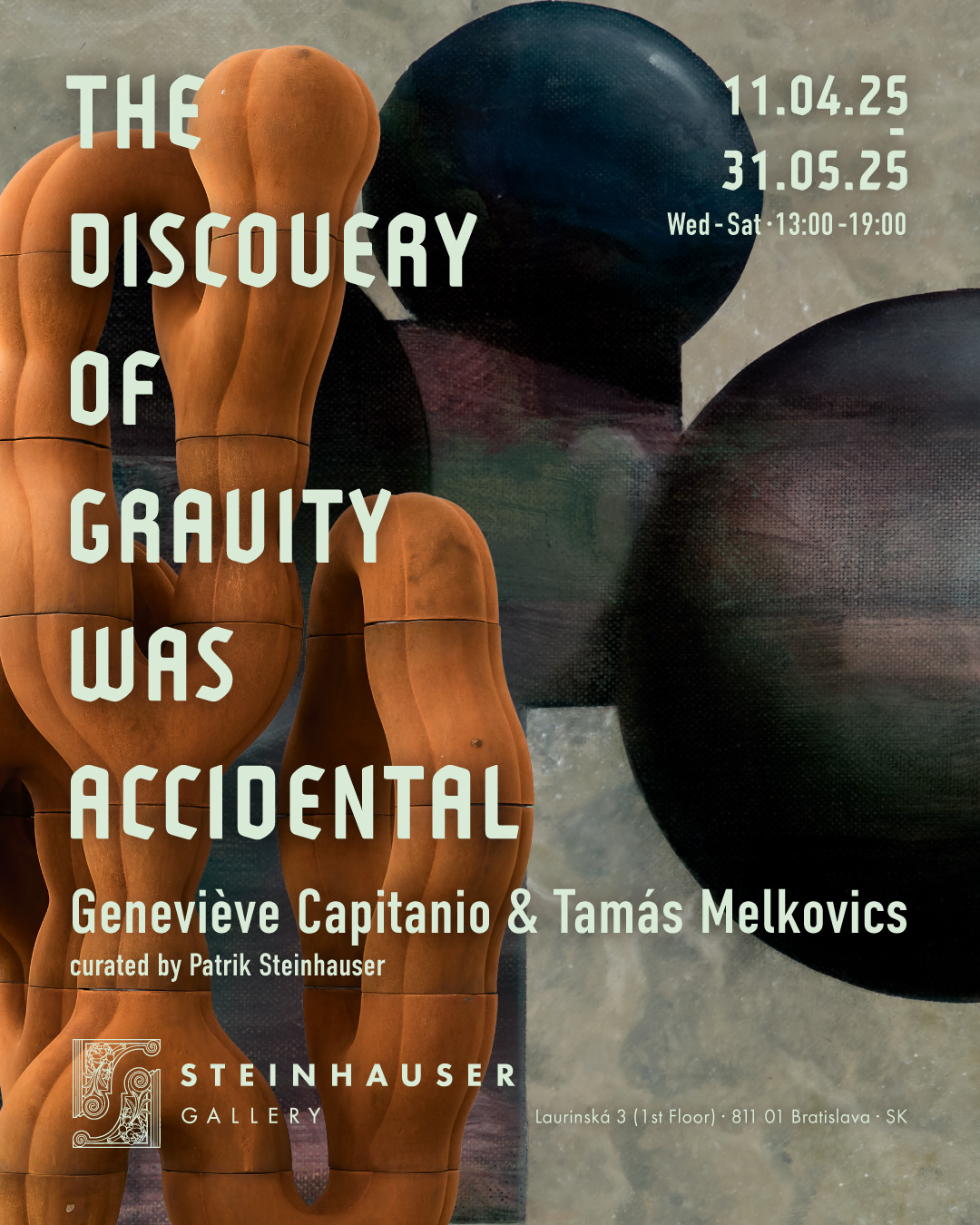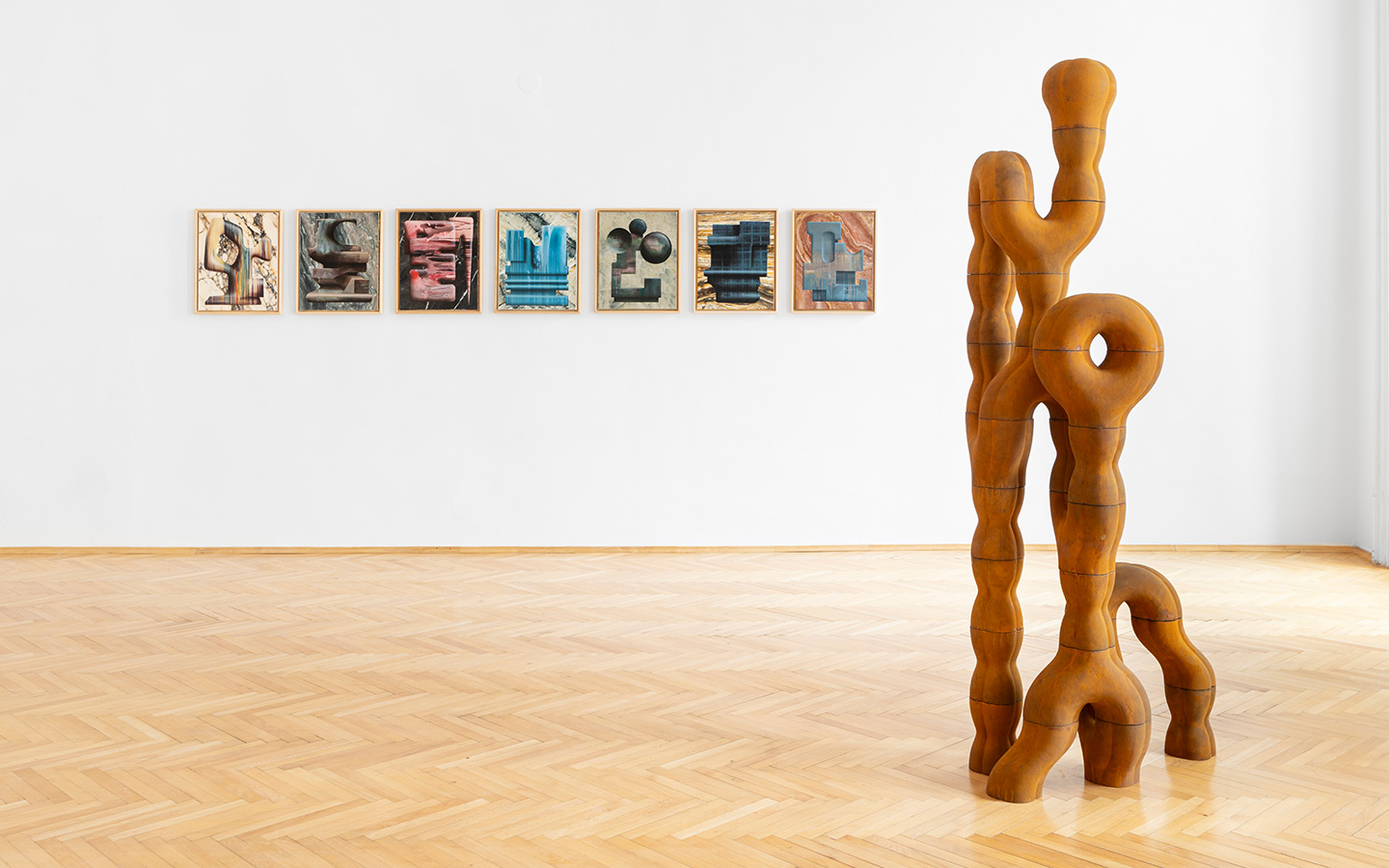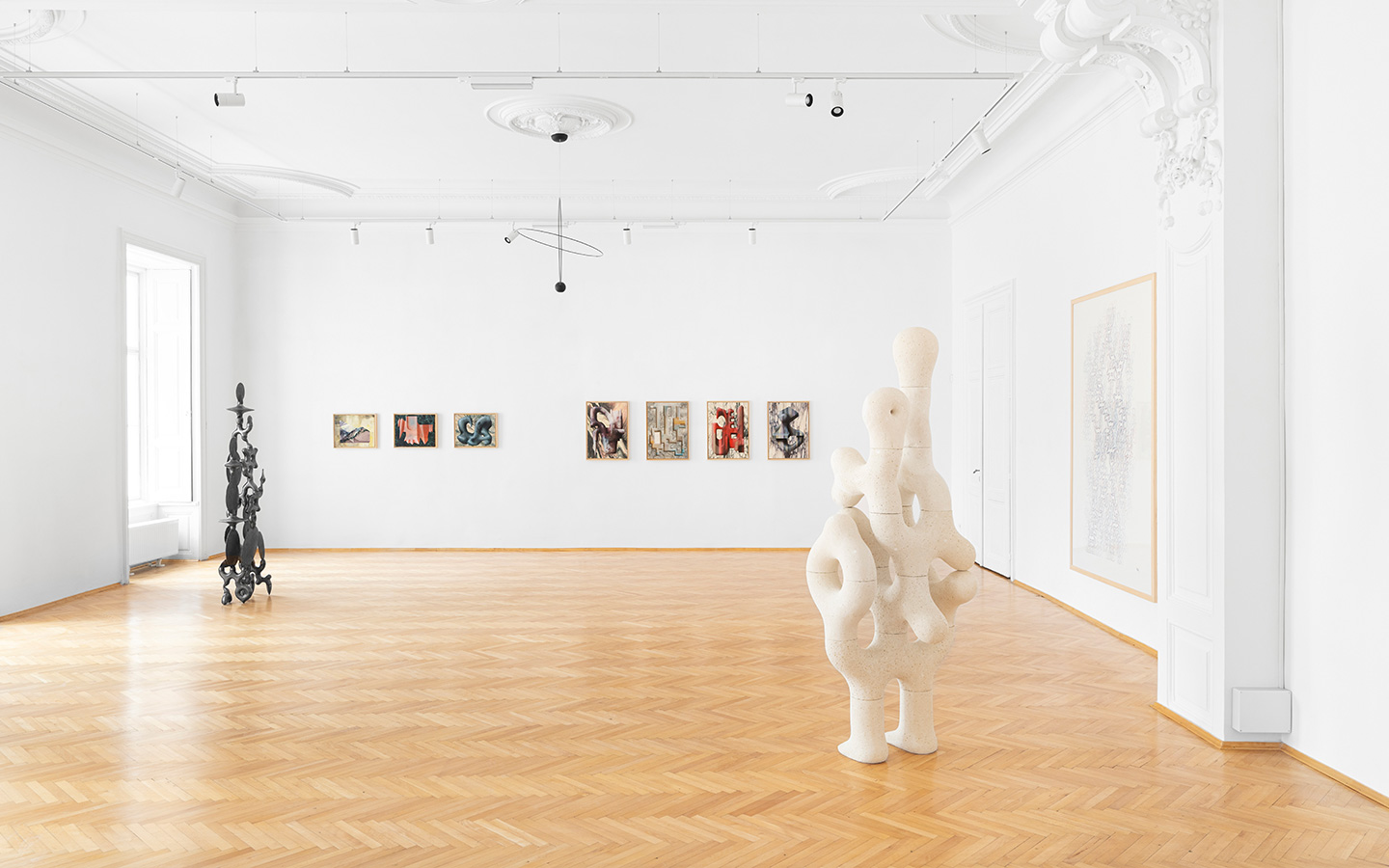THE DISCOVERY OF GRAVITY WAS ACCIDENTAL
Opening: 10.04.2025

Isaac Newton’s description of gravity, which he formulated in 1687, was regarded for centuries as a fundamental scientific law. In his theory, Newton explained gravity as a force that acts instantaneously between two objects, irrespective of the distance between them. This attraction is perceptible between all masses in the universe.
However, gravitation is not a direct force in the classical sense, simply acting between two objects. Rather, it describes the interaction between masses in a more complex manner. With the publication of Einstein’s General Theory of Relativity more than 200 years later, our understanding of gravitational force was revolutionised. Einstein demonstrated that gravity is not only a force but also affects the curvature of space and time. Thus, while gravity remains a real force, its nature is far more intricate than Newton originally described.
The discovery of gravity is often considered a fortuitous, yet significant moment in the history of science. The most famous anecdote related to this is the story of Isaac Newton, who was supposedly inspired by a falling apple while sitting under a tree. This seemingly accidental observation led him to contemplate the attraction between the Earth and the apple, which ultimately led to his formulation of the laws of gravitation.
The duo exhibition THE DISCOVERY OF GRAVITY WAS ACCIDENTAL offers visitors a stimulating interaction between two contemporary positions that could hardly be more contrasting in their presentation and impact. Yet, they have found each other in an attractive and harmonious way.
Geneviève Capitanio’s (1964, Sion, Switzerland) oil and acrylic series on canvas, entitled Morphy, created in 2019 and exhibited for the first time at the STEINHAUSER Gallery, precisely reflects this gravity, or rather, the suspension of it. Looking at the painted objects and forms, which appear to float in space, despite being made of heavy marble or iron, against a similarly tangible, weighty background, one wonders: Is it mass that attracts, or repels? Each answer is deeply personal, yet Geneviève Capitanio invites us to play with material and space. She challenges our senses and lets us see new perspectives.
Many years ago, Geneviève Capitanio first visited Morphy and has since returned to this place almost daily. A crossroads for Eldorado, a place without gold, which, thanks to the new compass of a dividedand greedy Europe, is difficult to access, isolated, and wedged between two cliffs – this serves as the nourishment for her work. Everything around her permeates her thoughts, with painting being her main focus. Just as her old master taught her in 1995 in Brussels (Diploma in Painting, Institut Supérieur de Peinture Van der Kelen-Logelain, Brussels) in the technique of Faux-Marbles, she constantly wanders preoccupied with shapes.
Psychoarchaeological fragments of a future vanished culture? Whether in a pre- or post-apocalyptic world, Morphy serves as an occasion to reveal a fictional, yet empirical universe. This universe seeks a visual method to „interpret“ both the city and Capitanio’s own life. It is divided into various spheres, each carrying its own identity and culture. This approach brings forth shapes she has discovered during her journey and in the images of her memories, thus uniting the dimensions of experience and recollection.
Tamás Melkovics (1987, born in Székesfehérvár, Hungary) also works in an unconventional manner. While we can interpret the weight of objects in Geneviève Capitanio’s small- and medium-sized paintings, the monumental sculptures by Tamás Melkovics, made of stone or metal and weighing over half a tonne („Andro“, a limestone composition made of modules, carved, dimensions: 210x75x75 cm, weight: 510 kg), are tangibly felt and impressively shape the space. His works are not intended to depict phenomena, nor do they adhere to traditional conventions. They also do not display characteristics of abstraction or conceptual transcendence in terms of a specific idea. Instead, they explore and reveal fundamental elements, functions, and patterns that shape the processes of creation, formation, and development. With a playful and intuitive approach, Tamás Melkovics succeeds in questioning the classical foundations of sculpture. He creates signs, figures, and groups of both meaningful and abstract forms. In doing so, a new arrangement and design of elements emerges, which is always in dialogue with its surroundings. Tamás Melkovics, who studied sculpture at the University of Fine Arts in Budapest, Hungary, engages with the idea of how complex new structures can be created through modular elements. His experiments influence not only the aesthetics of the sculptures but also their functionality and interactivity.
The concept „Gravity is the glue“, which had a significant impact on the development of Melkovics’ current work systems and was originally put forth by Tony Cragg in an interview discussing his work Minster, has greatly influenced the sculptor and reinforced his passion for classical sculpture. For Melkovics, it is crucial to contribute to the history of sculpture while simultaneously enhancing it through a contemporary perspective. The use of materials, articulation, and the range of solutions all deeply embody the fundamental ideas that make this ancient and still developing human practice so essential to him.
The symbiosis between Capitanio and Melkovics lies in the powerful interaction of their works, which offer different perspectives on the same central theme – the discovery of gravity and the relationship between matter and space. Capitanio presents the viewer with a visual challenge by depicting the weight of objects illusionistically, thus questioning the understanding of gravity on a sensory, almost metaphysical level. In contrast, Melkovics directly challenges the space and physical reality of the viewer. His monumental sculptures are not only visible but tangible; they engage the space in a palpable way and expand the understanding of weight and structure in the real world.
Despite the different modes of expression and media, the works of the two artists converge on a deeper level: both encourage the viewer to think beyond the physical world and its perception, prompting a re-examination of the laws of gravity – whether in art or science. In their collaboration, they manage to create a fascinating symbiosis between painting, drawing, and sculpture that opens the dialogue between abstract theory and concrete reality.
Patrik Steinhauser, March 2025





















